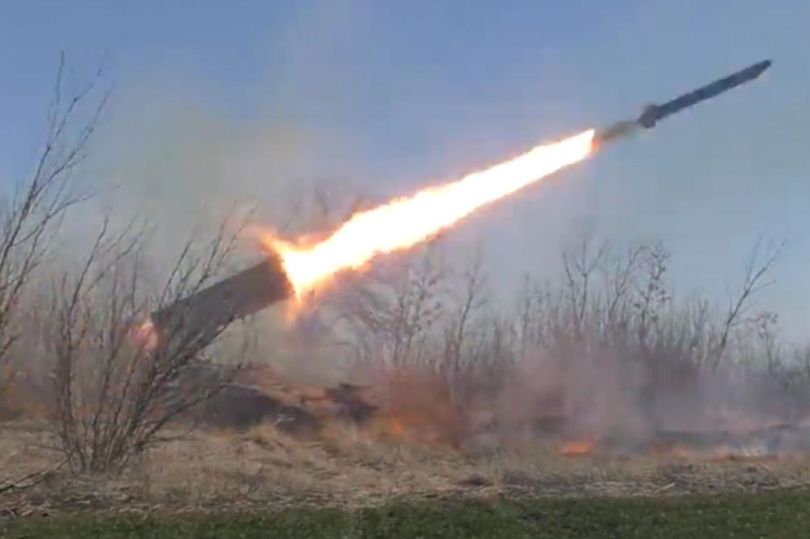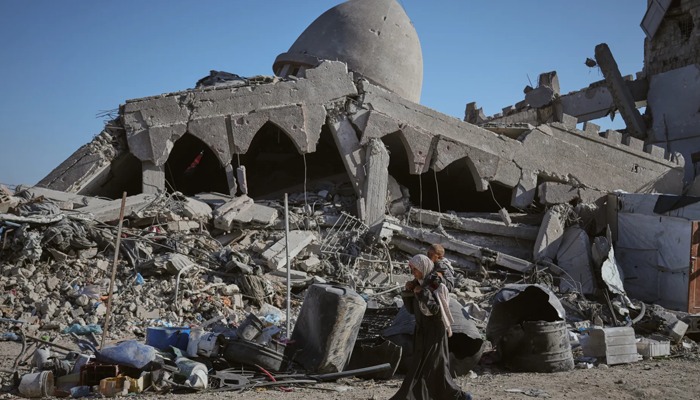As disgruntled Russian servicemen fled and, in some cases, switched sides, large amounts of Russian military weaponry have made their way into Ukrainian hands.
Ukrainian troops have turned one of Russia’s most deadly weapons, the TOS-1A Buratino thermobaric missile launcher, on the invaders.
The 24-barreled launcher releases projectiles that burn oxygen in the surrounding air, resulting in a deadly high-temperature explosion that may kill or paralyse people across a large target area.
According to a CIA assessment on the effect of the fuel-air explosive [FAE] weapon, “those at the ignition point are obliterated.” Those on the edge are more prone to sustain internal, hence unseen, injuries, such as blown eardrums and crushed inner ear organs, severe concussions, punctured lungs, and internal bleeding.
According to another US intelligence estimate, the shock and pressure waves produced by the fuel-air explosion can inflict limited damage to brain tissue.
“It is probable that victims of FAEs are not knocked unconscious by the blast, but instead suffer for several seconds or minutes while suffocating,” it said.
Images surfaced this week of a group of Ukrainian servicemen gleefully posing for a photo in front of a seized TOS-1A. After being abandoned by invading soldiers, a Ukrainian tractor was recorded hauling another of the weapons, dubbed solntsepyok or “blazing sun” by the Russians.
According to Sergei Bratchuk, the Ukrainian spokesman for the Odesa region, Ukrainian forces launched a TOS-1A rocket launcher against Russian soldiers near Izyum in eastern Ukraine.
According to Human Rights Watch, the weapon’s effect on the human body is “unusual and unpleasant.”
“What kills is the pressure wave, and more crucially, the accompanying rarefaction [vacuum], which ruptures the lungs,” they said. Victims will be badly burnt if the fuel deflagrates but does not detonate, and they will most likely inhale the burning fuel.
“Because the most prevalent FAE fuels, ethylene oxide and propylene oxide, are highly poisonous, undetonated FAE should be equally dangerous to anybody caught in the cloud as most chemical agents.”


















